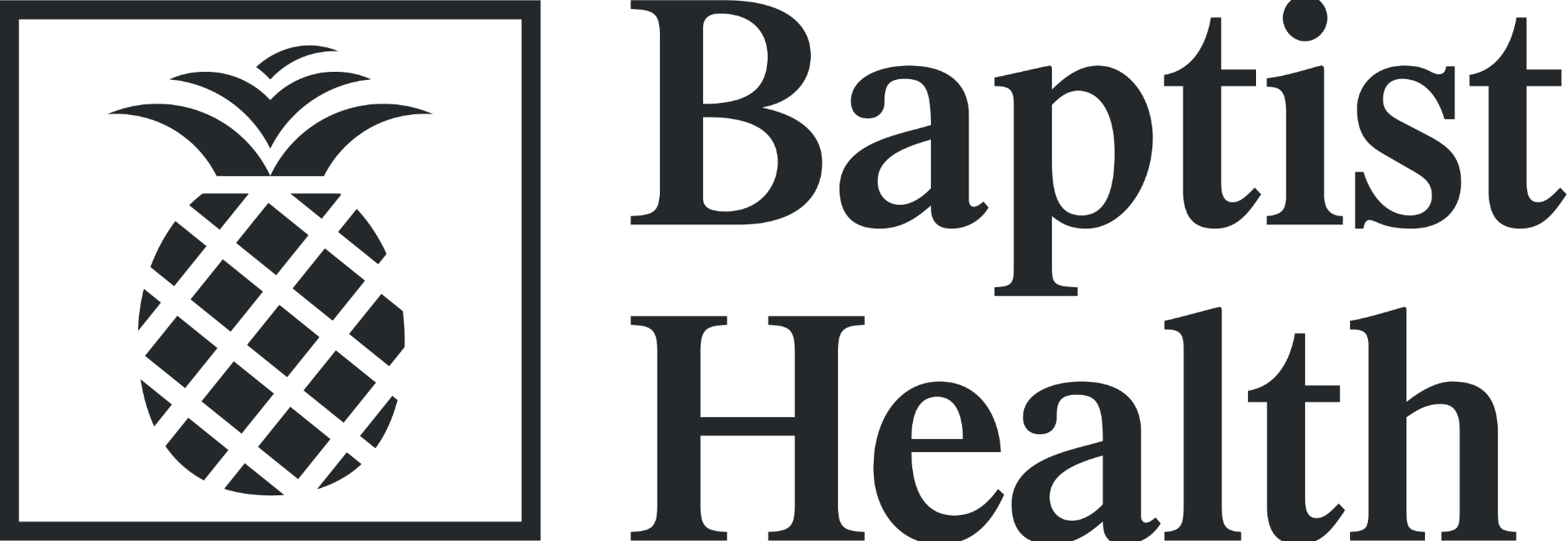
Preventing and Managing Cytomegalovirus After Hematopoietic Stem Cell Transplant

In an interview with Targeted Oncology, Guenther Koehne, MD, PhD provided a detailed explanation on the impact of cytomegalovirus reactivation post-transplant, cytomegalovirus reactivation prevention, and refractory cytomegalovirus reactivation.
Cytomegalovirus (CMV) reactivation is a common development in patients who have undergone hematopoietic stem cell transplant (HSCT).1 Antiviral prophylaxis or treatment is needed for patients after transplant, but the safety and tolerability of available agents is an area of concern for hematologists.1,2
Prognoses and options are worse for patients who develop graft-versus-host disease and those with refractory CMV reactivation, according to Guenther Koehne, MD, PhD.2
“Different transplant approaches increase the risk of CMV reactivation if the patient has been exposed previously,” explained Koehne, deputy director and chief of Blood & Marrow Transplant, Hematologic Oncology, and Benign Hematology at Miami Cancer Institute of Baptist Health South Florida, in an interview with Targeted Oncology™. “One of these approaches to transplantation can be conventional allogeneic stem cell transplants, which requires immunosuppressive therapy after transplant.”
Although multiple prophylactic agents are available, Koehne explained that severe adverse events like severe pancytopenia can occur. However, newer agents have been more effective and have shown less toxicity.
“We are making significant strides in controlling CMV reactivation post-transplantation with prophylactic administration of letermovir [Prevymis], with that we have more sensitive CMV reactivation responding well to treatment, and we decrease the development CMV refractory disease. In addition, we have a new FDA-approved drug called maribavir [Livtencity] in our armamentarium for patients with refractory CMV disease," Koehne said.
In the interview, Koehne gave a detailed explanation of the impact of CMV on patients who have undergone HSCT, CMV reactivation prevention, and refractory CMV reactivation.
TARGETED ONCOLOGY: Can you talk about CMV and the prognosis of patients who develop CMV?
Koehne: Cytomegalovirus or CMV is a herpes virus. It is a well-defined complication occurring after allogeneic stem cell transplantation. Initially, we see CMV reactivation and that can lead to CMV disease, which is the manifestation of the virus in different organs. Every organ can be infected. Because it's 1 of these complications that ranges from non-detectable to reactivation to severe CMV infection, there’s a variety in its manifestation and the prognosis can differ.
What causes CMV and how does this impact patient outcomes?
The development of CMV reactivation after transplant depends on several factors. I presented on this topic at the 64th ASH annual Meeting. If a transplant recipient or the host has been exposed to CMV prior to the transplantation and became CMV zero positive, then the risk of reactivating CMV after allogeneic stem cell transplantation is higher than those that were not exposed to CMV. About 65% of all adults have been exposed without knowing that they had the virus. It becomes controlled through the immune system and therefore, a healthy individual does not know whether they are exposed unless you do the test prior to the allogeneic stem cell transplantation.
I also explained during my ASH presentation that different transplant approaches increase the risk of CMV reactivation if the patient has been exposed previously. One of these approaches to transplantation can be conventional allogeneic stem cell transplants, which requires immunosuppressive therapy after transplant. Here at the Miami Cancer Institute, we frequently do CD-34-selected stem cell transplants or T-cell depleted transplants that can be associated with a higher risk of CMV reactivation. Importantly, haploidentical transplants that require post the administration or post transplantation cyclophosphamide increases the risk of CMV reactivation. Cyclophosphamide increases the risk of the development of chronic graft-versus-host disease.
What is important for oncologists to know about CMV prevention?
Importantly, no effective CMV prophylaxis has been established. There are other drugs that we are using for the treatment of CMV reactivation, such as ganciclovir [Zirgan]or cidofovir [Vistide] or previously, brincidofovir [Tembexa]. These drugs have been partially effective, but the [adverse event] profile did not allow us to continue because the myelosuppressive effect of these drugs post-transplantation in the bone marrow is very sensitive. These drugs induced severe pancytopenia.
Now for the first time, we have a well-tolerated drug, letermovir. Administration of this drug is preventive of CMV reactivation. In my own assessment, I looked at my own patient population that received letermovir prophylaxis following CD-34-selected allogeneic stem cell transplantation, the CMV reactivation had been reduced from 60% to 20%. Still, those who then reactivated, had a very significant response to CMV treatment. Also, none of my patients letermovir prophylaxis developed CMV disease.
With refractory CMV reactivation, what are the differences in treatment options and outcomes?
Overall, refractory CMV reactivation is the worst of all. If these patients don't respond to any of the available drugs, then the CMV remains positive. You continue to give the drug, to hold it at bay to some degree, but all the drugs lead to significant adverse events. Then, you must start a balancing act.
We are making significant strides in controlling CMV reactivation post-transplantation with prophylactic administration of letermovir. With that, we have more sensitive CMV reactivation responding well to treatment, and we decrease the development CMV refractory disease. In addition, we have a new FDA-approved drug in our armamentarium for patients with refractory CMV disease. In summary, that will likely improve the outcomes of allogeneic stem cell transplantation significantly.
REFERENCE:
1. Ouellette, CP. Adoptive immunotherapy for prophylaxis and treatment of cytomegalovirus infection. Viruses. 2022;14(11): 2370. doi:10.3390/v14112370
2. Koehne, G. State-of-the-Art CMV Care: Experts’ perspectives on primary/secondary prevention and management of refractory/resistant infections. Presented at: 64th ASH Annual Meeting & Exposition; December 10–13.









































